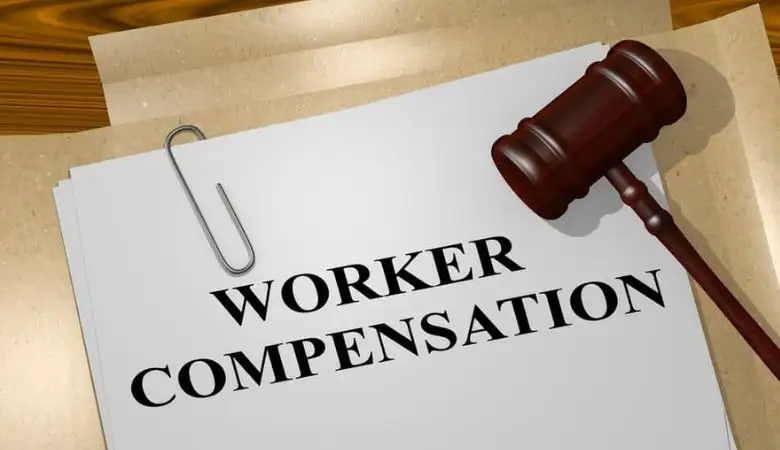Getting hurt at work can leave you feeling uncertain about your future. You may have to deal with pain, missed work, and a lot of bills. That’s where workers’ compensation comes in. It’s meant to support employees who get injured or sick because of their job.
If you’re going through a tough time, knowing what workers’ comp actually covers can ease your stress. With trusted legal help for workplace injuries, you can make sure you’re getting the benefits you deserve. This blog breaks down the types of losses workers’ comp typically covers, so you’re not left in the dark.
Medical Expenses
This is one of the most important benefits of workers’ comp. If you’re hurt on the job, it should cover your medical treatment. That includes doctor visits, surgeries, medications, and even physical therapy.
In some cases, you might also be covered for assistive devices like crutches or a wheelchair. As long as the treatment is related to the work injury, it should be included.
Just make sure to report your injury right away and follow your doctor’s advice. Keep all receipts and medical records in a safe place.

Lost Wages
If your injury keeps you from working, you may be able to recover some of your lost income. Workers’ comp usually pays a portion of your regular wages while you’re out.
This benefit helps you stay afloat financially while you heal. The exact amount varies, but it’s typically around two-thirds of your average weekly wage.
If you’re able to return to work with restrictions or on light duty, but earn less, you might still receive partial benefits to cover the difference.
Disability Benefits
Some injuries cause lasting damage. If you can’t return to work the same way you used to, you may be eligible for disability benefits.
There are four main types:
- Temporary partial disability
- Temporary total disability
- Permanent partial disability
- Permanent total disability
The type you qualify for depends on the severity and length of your injury. These benefits can help you rebuild your life even when recovery takes longer than expected.
Vocational Rehabilitation
Sometimes, an injury means you can’t go back to your old job. Workers’ comp may offer help with retraining or finding new work.
Vocational rehabilitation programs can include:
- Career counseling
- Job search support
- Skills training
- Education for a new career path
These services are designed to help you stay in the workforce, even if your injury changes the kind of work you can do.
Death Benefits for Families
If a work-related injury or illness leads to death, workers’ compensation can provide death benefits to the worker’s dependents.
This usually includes a portion of the deceased worker’s wages and help with funeral expenses. It’s meant to support the surviving family during a very difficult time.
What’s Usually Not Covered
It’s also important to know what workers’ comp doesn’t cover. These might include:
- Pain and suffering
- Injuries from fights or horseplay at work
- Injuries while commuting (in most cases)
Each state has its own rules, so it’s wise to talk with someone who understands the system.
Conclusion
Workers’ compensation is designed to support injured workers and their families. From medical bills to lost wages and beyond, it offers a safety net when you need it most.
Knowing your rights and what losses are covered helps you move forward with confidence. If you’re unsure about your claim, don’t hesitate to seek guidance. You don’t have to go through it alone.






![Maximize Business Revenue With These Digital Tools [2025] Digital Tools](https://www.iblogtech.com/wp-content/uploads/2023/12/Digital-Age-218x150.webp)